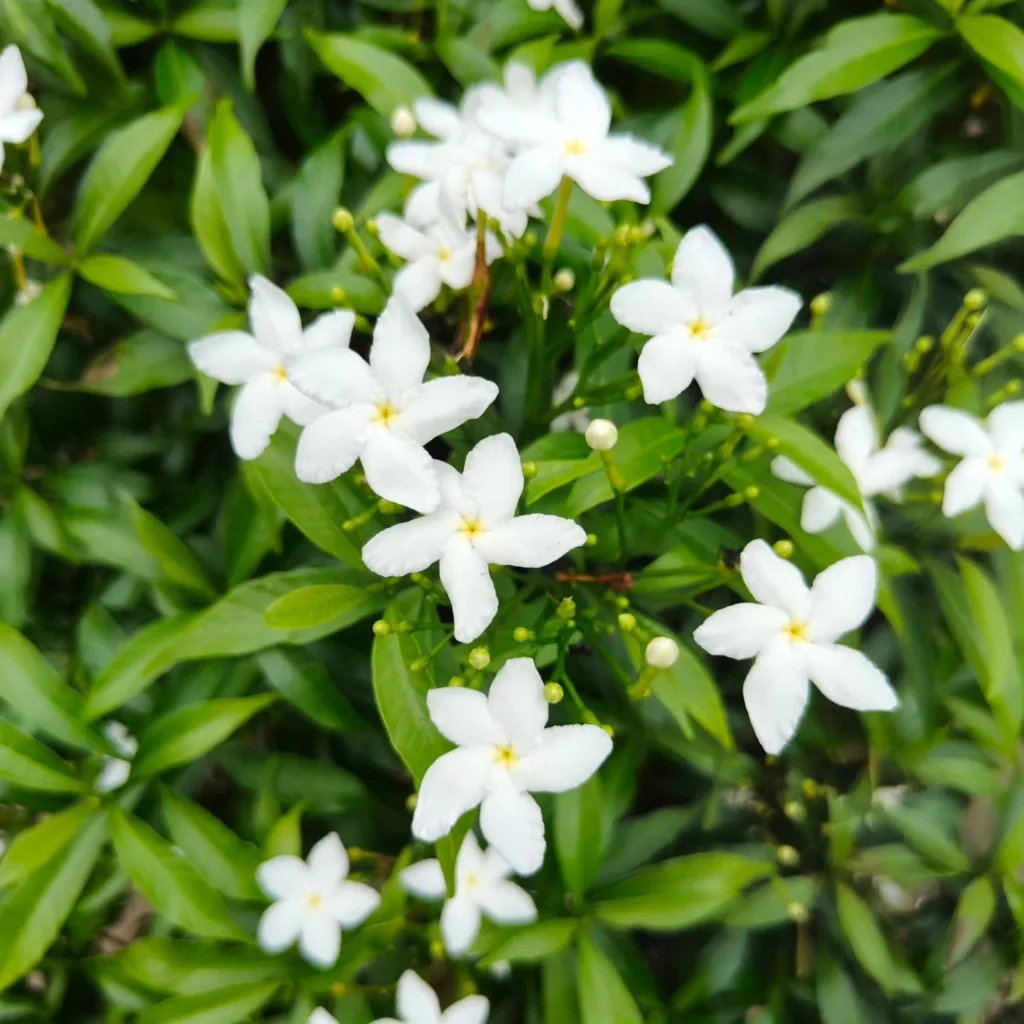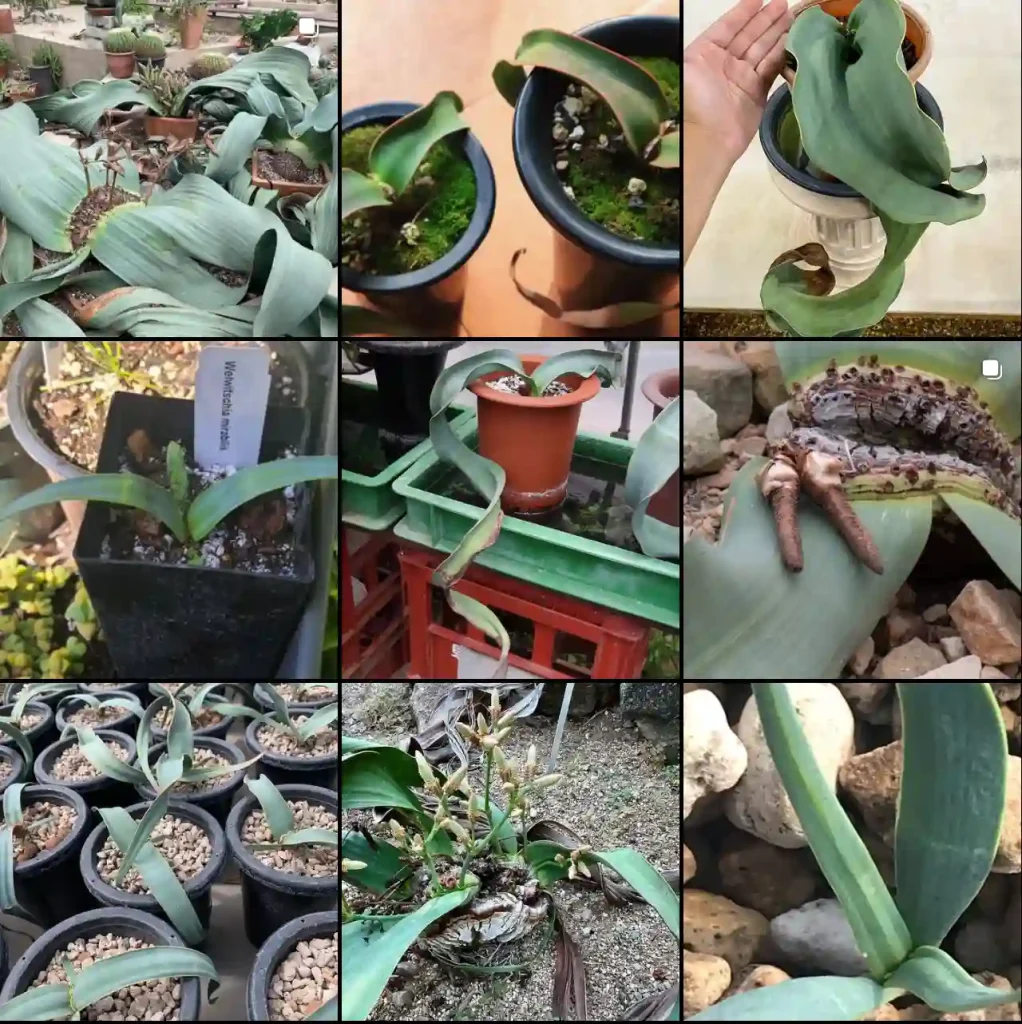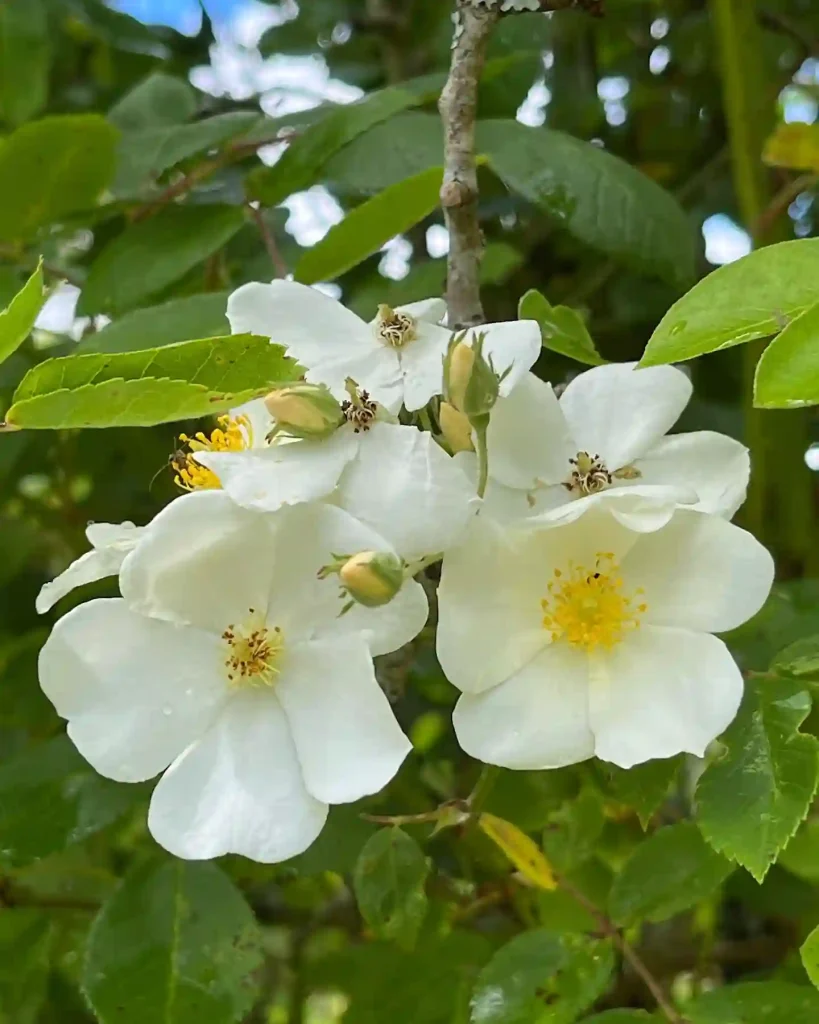Climbing into the World of Lophospermum
I’ve always been drawn to the vibrant colors and intricate forms of the natural world, especially when it comes to flowering vines. There’s a particular genus that has captured my attention recently: Lophospermum, belong to the Plantaginaceae family. These climbing beauties, with their trumpet-shaped flowers and lush foliage, bring a touch of exotic charm to any garden. Native to the mountainous regions of Mexico and Guatemala, Lophospermum species are herbaceous perennial climbers that use their twining leaf stalks, or petioles, to ascend trellises, fences, or even other plants.
A Closer Look at Lophospermum
What truly sets Lophospermum apart are its flowers. Ranging in shades of red, violet, and purple, these blossoms resemble foxgloves or gloxinias, hence the common name “creeping gloxinia” often used for Lophospermum erubescens. The larger flowers are particularly attractive to hummingbirds, their long beaks perfectly suited to reach the nectar deep within the tubular blooms. This pollination partnership creates a delightful spectacle of nature in motion.
The genus itself is relatively small, encompassing only a handful of recognized species. Here’s a list of the currently accepted species:
- Lophospermum breedlovei: This rare, vining plant is native to Mexico and distinguished by its delicate, trumpet-shaped lavender flowers and soft, heart-shaped leaves.
- Lophospermum chiapense: A climbing perennial, it thrives in tropical regions, showcasing large, tubular flowers that attract hummingbirds with their deep magenta or purple hues.
- Lophospermum erubescens: Known as the Mexican Climbing Snapdragon, it features lush green foliage and vibrant, tubular pink to red flowers, ideal for trellises and fences.
- Lophospermum purpurascens: This species boasts velvety purple flowers with a unique shape, making it an attractive addition to hanging baskets and vertical gardens.
- Lophospermum purpusii: With its striking, tubular red or pink flowers and trailing growth habit, this plant brings a tropical feel to containers and gardens alike.
- Lophospermum scandens: Also called the Creeping Gloxinia, it produces delicate, bell-shaped lavender to pink flowers and thrives in warm climates.
- Lophospermum turneri: Rare and less commonly cultivated, this species features soft pink flowers with an elongated shape, complemented by its fast-growing, vining habit.
Despite their limited number, these species offer a variety of characteristics, from the vibrant red hues of Lophospermum erubescens to the more subdued purple tones of Lophospermum purpurascens. This diversity ensures there’s a Lophospermum to suit a range of garden aesthetics.
Cultivating Lophospermum
My own experience with Lophospermum has been nothing short of rewarding. These plants are relatively easy to cultivate, thriving in well-drained soil and a sunny location. While they appreciate regular watering, especially during hot spells, they are also surprisingly drought-tolerant once established.
One of the things I appreciate most about Lophospermum is its versatility. It can be grown in hanging baskets, where its cascading stems create a dramatic floral display. Alternatively, it can be trained to climb a trellis or obelisk, adding vertical interest to the garden. I’ve even seen it used as a ground cover, its vigorous growth quickly forming a dense mat of foliage and flowers.
Propagating Lophospermum
Propagating Lophospermum is a straightforward process that adds to its appeal. New plants can be easily grown from seed sown in spring. Alternatively, cuttings taken in summer can be rooted to produce clones of the parent plant. This allows for the preservation of desirable traits and the expansion of one’s Lophospermum collection.
The Allure of Lophospermum
Beyond its aesthetic appeal, Lophospermum holds a certain allure that’s hard to define. Perhaps it’s the way its delicate flowers dance in the breeze, or the way its climbing stems weave their way through the garden, creating a sense of wildness and abandon. Whatever the reason, Lophospermum has captured my imagination and earned a special place in my gardening endeavors.
I encourage fellow plant enthusiasts to explore the world of Lophospermum. Its beauty, versatility, and ease of cultivation make it a rewarding addition to any garden. Whether you’re a seasoned gardener or just starting out, Lophospermum offers a unique opportunity to connect with nature and experience the joy of nurturing these captivating climbers.
If i die, water my plants!



